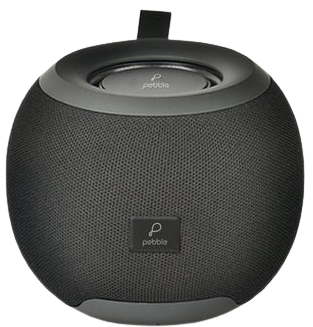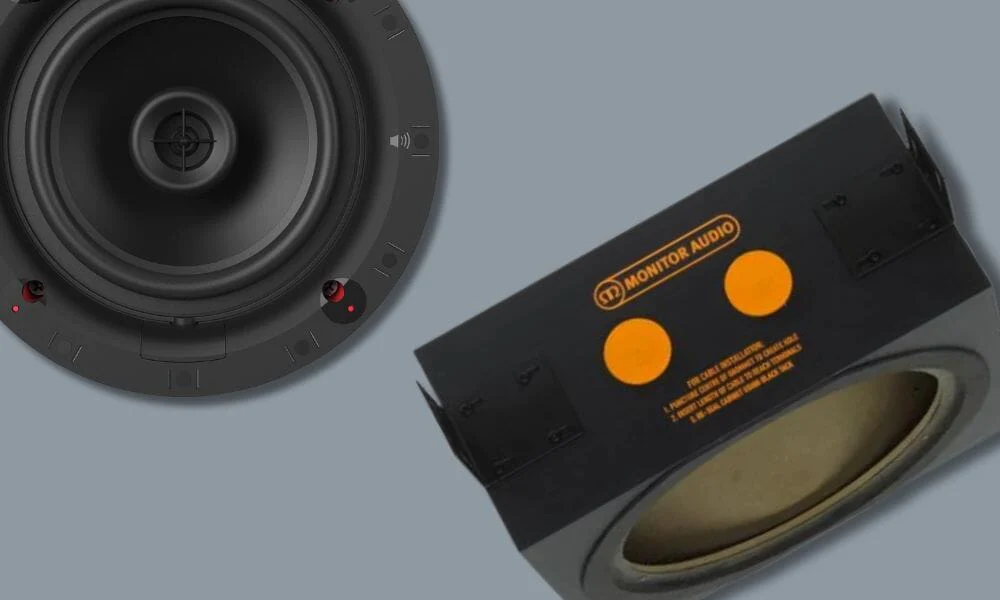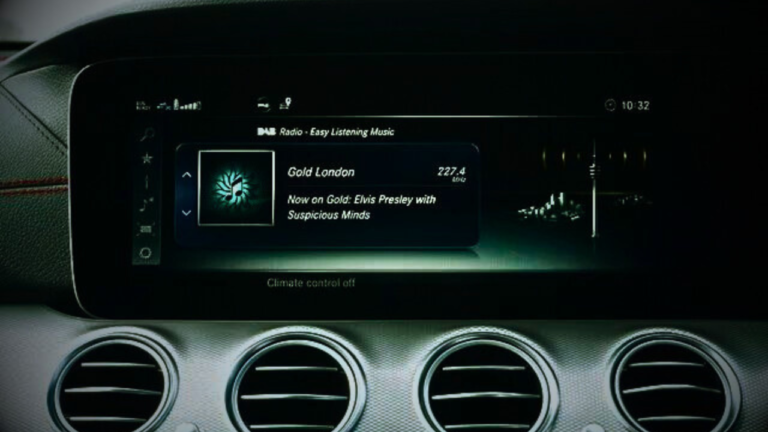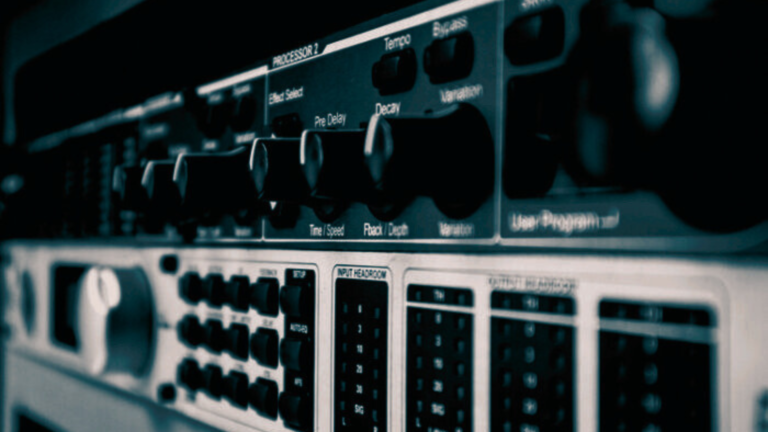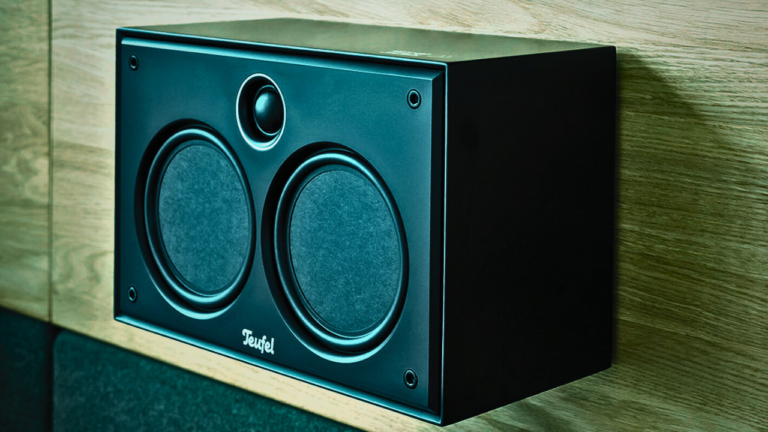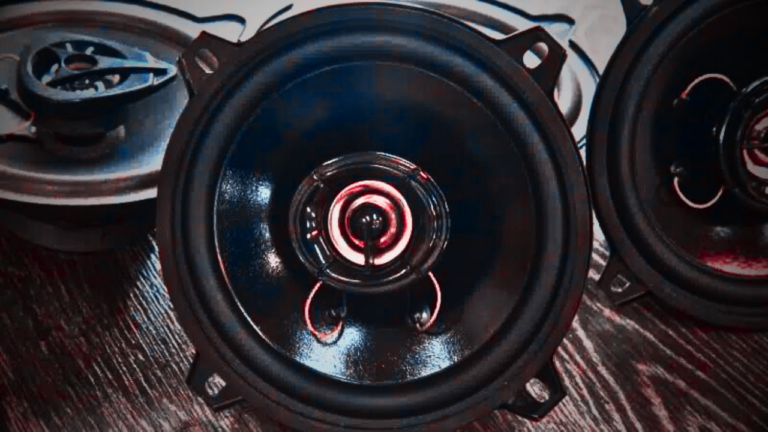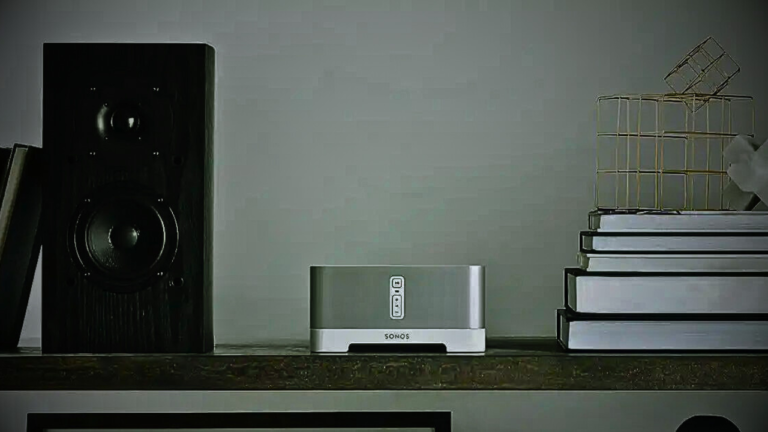Do ceiling speakers need baffles?
Ceiling speakers are trendy because they look cool and save space. But do they need baffles to work better? To figure it out, let’s talk about how speakers do their thing.
Regular speakers have a box to keep bass sounds from mixing up, making the sound good. But ceiling speakers don’t have this box. Instead, the ceiling itself acts like a natural baffle, stopping the sound from mixing up. So, while ceiling speakers don’t need separate baffles, the ceiling helps improve the sound.
In this blog post, we’ll talk about whether ceiling speakers need baffles and how they help make the sound awesome.
Understanding Ceiling Speaker Baffles
Ceiling speaker baffles are key to making sound better and keeping speakers safe. They’re like boxes that improve bass and stop sound waves from getting mixed up.
Ceiling speaker baffles are crucial for making sound better and keeping speakers safe. They act like boxes, improving bass and preventing sound waves from getting mixed up.
Advantages of Using Baffles with Ceiling Speakers

Enhanced Sound Quality:
Baffles make sound clearer and more balanced by reducing interference between waves and boosting bass.
Protection Against External Elements:
They shield speakers from dust and moisture, extending their lifespan and maintaining performance.
Insulation:
Baffles prevent sound leakage, focusing sound within the space and improving acoustics.
Customizable Design:
With various sizes and materials, baffles match aesthetics and integrate seamlessly.
In summary, using baffles with ceiling speakers provides:
- Clearer sound
- Protection against damage
- Improved insulation
- Customizable design
This enhances the overall audio experience and speaker longevity.
Factors to Consider When to Use Baffles with Ceiling Speakers

1. Room Acoustics
Check the room’s sound quality. Are there echoes or strange noises? If so, baffles might help.
2. Speaker Placement
Think about where the speakers are. Are they near walls or weird surfaces? If yes, baffles could be useful to manage sound reflections.
3. Personal Preferences
Lastly, consider what matters most to you. Do you want better sound, a nicer look, or to stick to a budget? Your choice about using baffles might depend on these factors.
Types of Baffles for Ceiling Speakers
Ceiling speaker baffles come in various types, each serving different needs.
- Backcans: fully enclosed, mounted behind the speaker for maximum protection and sound control.
- Open-Back Baffles: Let sound flow freely, ideal for natural sound in home theaters or open spaces.
- Drop Tile Baffles: Fit into drop ceiling tiles seamlessly, easy to install and remove.
- Angled baffles: direct sound towards specific areas, useful in rooms with irregular ceilings or where precise sound targeting is needed.
Understanding these types helps you choose the right baffle for your space and preferences.
Installation Process of Ceiling Speaker Baffles
Installing ceiling speaker baffles is simple and can greatly improve your audio setup. Here’s a step-by-step guide:
Preparation: Gather your tools and clear the area around the speakers.
Positioning: Decide where to place the baffles based on your room’s acoustics.
Mounting: Securely attach the baffles to the ceiling, aligning them with the speakers.
Connection: If needed, wire the baffles according to the instructions.
Testing: Check that the speakers work and adjust settings if necessary.
Finishing Touches: Tidy up any wires and ensure the baffles are firmly in place.
By following these steps, you can easily install ceiling speaker baffles and enhance your listening experience.
Maintenance and Care for Ceiling Speaker Baffles

Maintenance:
To keep your ceiling speaker baffles working well,
- Regular cleaning: wipe them with a soft cloth to remove dust.
- Inspect for damage: Check for cracks or tears and fix them.
- Monitor mounting: Ensure they’re securely attached to the ceiling.
Care:
To make sure your baffles last:
- Avoid moisture: Keep them away from damp areas.
- Handle with Care: Be gentle when cleaning or moving them.
- Monitor Sound: Notice any changes and fix issues promptly.
Following these steps will help your ceiling speaker baffles stay in great shape for longer, giving you better sound quality.
How do baffles affect the sound quality of speakers?
Baffles improve how speakers sound. They act like a conductor guiding an orchestra. They prevent vibrations from making the sound messy, like a steady hand holding a camera still. They also absorb extra sound waves to keep the sound clear.

Baffles help the sound spread out evenly in the room, just like a chef mixes flavors evenly in a dish. They also make deep sounds stronger, like adding a secret ingredient to a recipe.
So, baffles are really important for making sure you get great sound. Next time you listen to music, think about how baffles are quietly working behind the scenes to make it sound so good.
Conclusion
In summary, whether ceiling speakers need baffles isn’t a clear-cut answer. While they can improve sound quality and protect speakers, it depends on factors like room setup and personal preference. Baffles aren’t always necessary because ceilings themselves can act as natural baffles. So, it’s up to you to decide based on your specific needs and situation.
If you want better sound quality or extra protection for your speakers, baffles might be worth considering. But if you’re happy with how your ceiling speakers sound without them, you might not need to bother. Ultimately, whether you need baffles for your ceiling speakers depends on what you want and what works best for you.
FAQs
What are ceiling speaker baffles?
Ceiling speaker baffles are accessories designed to enhance sound quality by controlling vibrations and managing sound distribution in a room. They can come in various materials, like foam or fabric.
Do all ceiling speakers need baffles?
No, not necessarily. While baffles can improve sound quality, some ceiling speakers are designed to perform well without them. It depends on factors like room acoustics and personal preferences.
How do baffles affect sound quality?
Baffles help minimize sound distortion, improve bass response, and ensure even sound distribution throughout the room. They work by controlling vibrations and absorbing excess sound waves.
Are there any alternatives to using baffles?
Yes, there are alternatives such as acoustic panels or specialized ceiling treatments that can achieve similar effects to baffles. However, the effectiveness may vary depending on the specific requirements of the room.
How can I choose the right baffles for my ceiling speakers?
When selecting baffles, consider factors like the size and type of speakers, room acoustics, and personal preferences for sound quality. It’s also essential to ensure compatibility with your existing speaker setup for optimal performance.

Hey there! I’m Henry Jack, the voice behind speakerrealm.com, your ultimate destination for everything speakers. Whether you’re a seasoned audio enthusiast or just starting to explore the world of sound, you’ve come to the right place.
At Speaker Realm, I dive deep into the realm of speakers, bringing you comprehensive reviews, insightful guides, and the latest trends in the industry. From floor-standing behemoths to compact bookshelf wonders, I cover it all.
I’m passionate about helping you find the perfect speakers to elevate your audio experience. Whether you’re setting up a home theater, upgrading your sound system, or just looking for some quality audio gear, I’ve got you covered.
But Speaker Realm isn’t just about technical specs and performance metrics—it’s also about the art and science of sound. I explore topics like acoustic design, speaker technology, and the impact of audio on our lives.
So whether you’re a casual listener or a hardcore audiophile, join me on this journey through the world of speakers. Let’s turn up the volume and explore the endless possibilities of sound together at speakerrealm.com!
